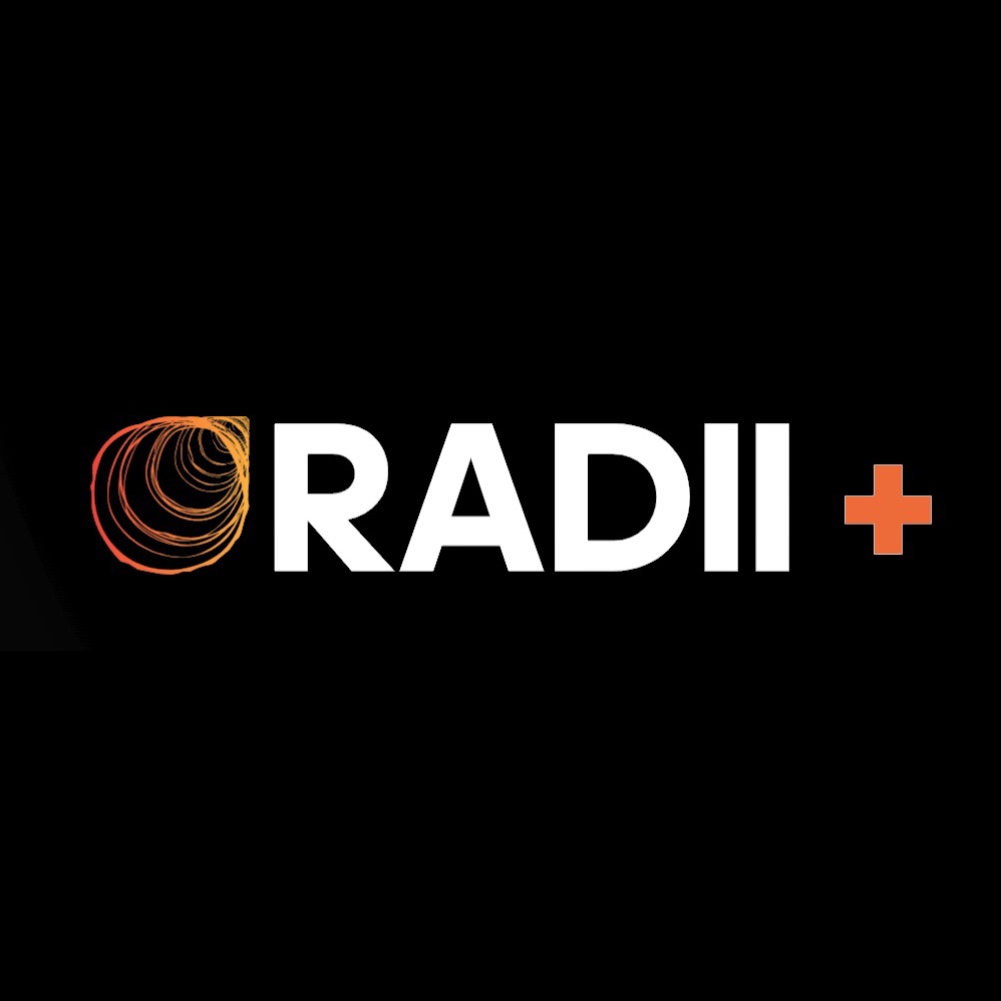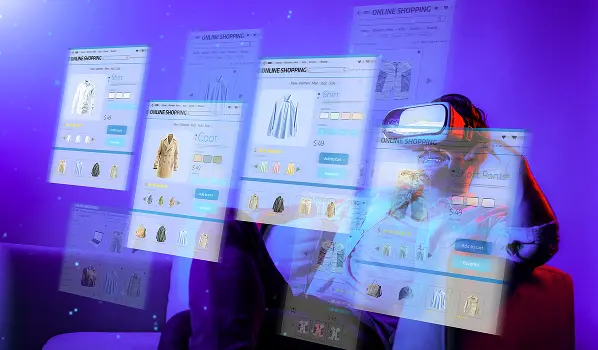Georgina Bankier, vice president of global platform partnerships for Dun & Bradstreet’s Eyeota.
Advertisers’ attention and budgets are being dominated by linked TV and retail media in today’s fragmented media landscape.
Retail media’s 19.7% increase is expected to more than double the rise of all digital ad expenditure (8.8%), while CTV ad spending is expected to reach $33.35 billion this year. Meanwhile, as marketers look for fresh approaches to interact with consumers in their everyday lives, new opportunities in digital out-of-home and audio are gaining traction.
READ MORE: B2B Advertisers Are Utilizing LinkedIn’s CTV Ads To Identify Audiences In Their Own Communities
It takes more than just turning up to navigate these channels successfully. Every setting has its own peculiarities, including data requirements, activation difficulties, and measurement barriers. Marketers require more than isolated pockets of first-party data or walled-garden insights to fully utilize these channels. They require dependable, superior third-party data to help standardize measurement and targeting across platforms.

For CTV to realize its full potential, scalable data infrastructure is required.
Despite its rapid growth, CTV’s fragmentation makes targeting difficult. Streaming services are available on a vast array of devices and apps, and users switch between them with ease. This makes it necessary for advertisers to extend audience strategies into CTV without compromising accuracy or size.
The appropriate third-party data partner becomes crucial at that point. The key to integrating CTV into a broader omnichannel endeavor is collaborating with a provider who can give high-quality data and facilitate activation across major buying platforms.
For example, CTV IDs can now be used to activate Eyeota audiences in Google DV360 and Google Ad Manager, including those powered by Dun & Bradstreet and other branded partners. This opens you access to 5 billion hours of ad-supported viewing per month, or 98% of CTV households, inside a reliable environment. More significantly, it guarantees that marketers may include CTV data into their larger identity spine, enhancing screen-to-screen performance and targeting.

The next stage of retail media hinges on improved customer intelligence.
The promise of retail media is unmistakable: a direct line to consumers surrounded by genuine buy signals. However, its data problems are getting worse. Brands are finding it more difficult to scale campaigns and demonstrate value due to disparate first-party data sets, integration complexity, and uneven quality.
Strong third-party data is also crucial in this case, not just for campaign execution but also for assisting marketers and merchants in filling in knowledge gaps on their target audience. Without it, even the most promising campaigns may have poor measurement, misaligned messaging, or a limited reach.
Unified data that combines B2C and B2B intelligence is the foundation of the most successful retail media programs. In addition to knowing who their customers are, advertisers must also know what roles they play in their homes and workplaces. A partner who can reliably validate, enrich, and activate person-level data across settings is necessary for that level of insight. As retail media and major networks like CTV become more intertwined, this requirement becomes even more critical.
Data solutions that are adaptable and interoperable are necessary for emerging channels.
With the increasing importance of digital audio and digital out-of-home formats in media strategies, marketers are noticing a common problem: identity fragmentation. New consumer behaviors, IDs, and context requirements are introduced in each of these contexts. Adaptable infrastructure and a data partner that can keep up are necessary to tie them together.
Reputable third-party data facilitates the integration of new channels and the normalization of diverse signals. Advertisers need audiences based on trustworthy data that can carry across numerous identifiers, whether they are using digital signs to activate near a retail store or a podcast app to engage people.

Interoperability is important in this situation. Eyeota has long placed a high priority on cross-environment interoperability, from hashed emails and universal IDs to mobile advertising IDs and IP addresses. With the addition of CTV IDs to that mix, advertisers now have even more options for reaching the right audience in the right setting within a media ecosystem that is getting more and more complicated.
The limitations of first-party data become more apparent when new channels gain popularity. It rarely offers a comprehensive vision by itself, and it doesn’t always travel or scale. Third-party data is therefore more crucial than ever.
What will distinguish today’s successful media strategies from tomorrow’s outstanding ones is the capacity to activate precise, privacy-compliant data across developing settings. Marketers require partners who are aware of these environments, are developing for them, and support the platforms and identifiers that are important right now.
Effective omnichannel advertising still relies heavily on third-party data. Additionally, advertisers will need to be as flexible as the consumers they are attempting to target as CTV, retail media, and new formats continue to change what that looks like.
Supported by Dun & Bradstreet firm Eyeota
Step into the ultimate entertainment experience with Radii+ ! Movies, TV series, exclusive interviews, live events, music, and more—stream anytime, anywhere. Download now on various devices including iPhone, Android, smart TVs, Apple TV, Fire Stick, and more!


